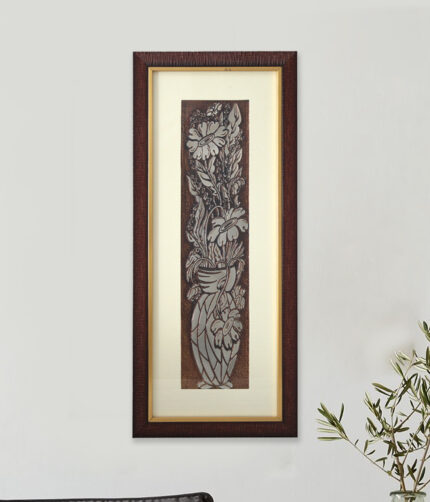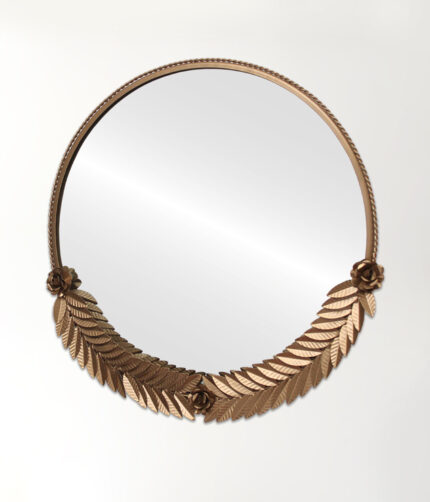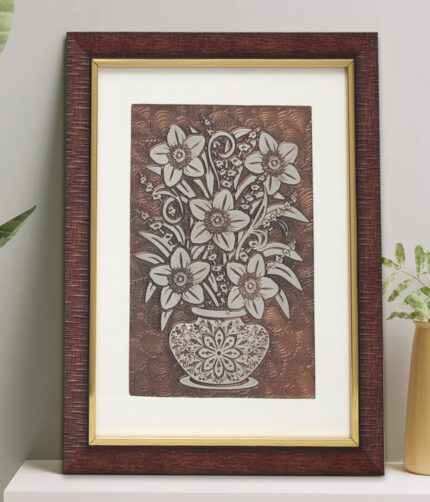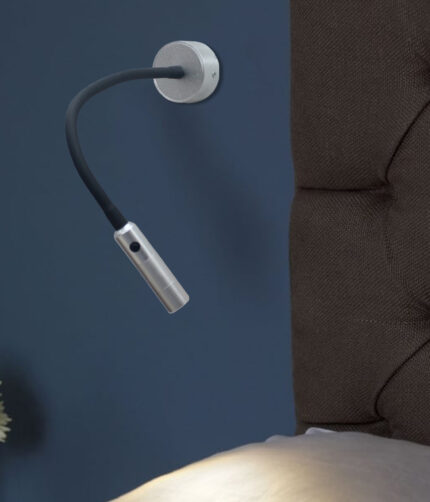Foil Paintings; an ancient Egypt art form

Did you know! The Egyptian Art dates back to c. 6000- c.3150 BCE; it is the era from the prehistoric times till the emergence of Christianity in Roman Egypt. Ancient Egyptian art often refers to paintings, wall drawings, drawings on papyrus, faience or glazed pottery, jewellery- which was often chunks of gold/silver and precious stones, ivories, foil- art, architecture etc.
History of Egyptian Foils
Art is an essential element for any society; it is a peek into the social norms, flora- fauna, life style etc. Egyptian dynastic art that was mainly fresco ( wall painting, generally made on wet plaster) ; a painting art form, showcasing animals, human beings and super natural figures, it was very refined and reflective as compared to the pre-dynastic era which was cruder.
In the erstwhile Egypt, River Nile was not only a source of water, but ores and minerals, specially the sparkly- malleable substance that shone brightly in the sun rays A.K.A Gold. Probably the metal smiths’ then understood the value of this precious metal, which was tarnish free, hence considered it a divine metal. It could not be moulded into weapons, for it was soft and could not resist against the strong weapons made from other materials.
During the said period, purity of gold didn’t matter. The metal smith’s, reserved all the gold for the Nobility- Pharaohs and later the rich. Gold was often depicted as skin of gods and goddesses as in Egyptian Pantheon (a 27 BC temple dedicated to all deities) for its shine and glow. Even the pharaoh’s pyramidion, his divine resting place was capped with gold plating, which was done with the intention to attract blessings of the Sun god ‘Ra’.
What is Foiling
Foiling is a technique of hammering a metal, like gold, silver, copper etc. to make it into a thin film like sheets. These are then applied on to objects or artifacts by the process of “Gilding”.

The first gold foiled/leafed artifacts that the archeologists discovered dates back to the 4Th millennium BCE in the Mediterranean region.
The Islamic art, especially the manuscripts from holy book Quran, has lettering that is gold leaf/ gold foil, which was often used to highlight certain set of texts in the book.
Egyptian paintings; be the painting art or wall art painting is surely conventional, as it has seen a very little shift or change in its process and techniques over the years. Most of the art in Egypt is inspired from the reliefs discovered from tombs, palaces and monuments.
Modern day Egyptian foil paintings are often inspired from the art work found in the tombs. They are themed with gods and goddesses and the afterlife journey. The main aim of the beautiful paintings was to wish a happy life to the deceased, protected by various deities.
These paintings can be used aesthetically in home decoration as a wall hanging or wall decoration painting.
Shree kala home decor brings to you a curated ensemble of Egyptian art, a collection of best paintings for home and office spaces, inspired by the authentic ancient Egyptian art work of foil paintings.













The insights shared in this post are valuable and thought-provoking. Thank you for expanding my knowledge.
I really like reading through a post that can make men and women think. Also, thank you for allowing me to comment!